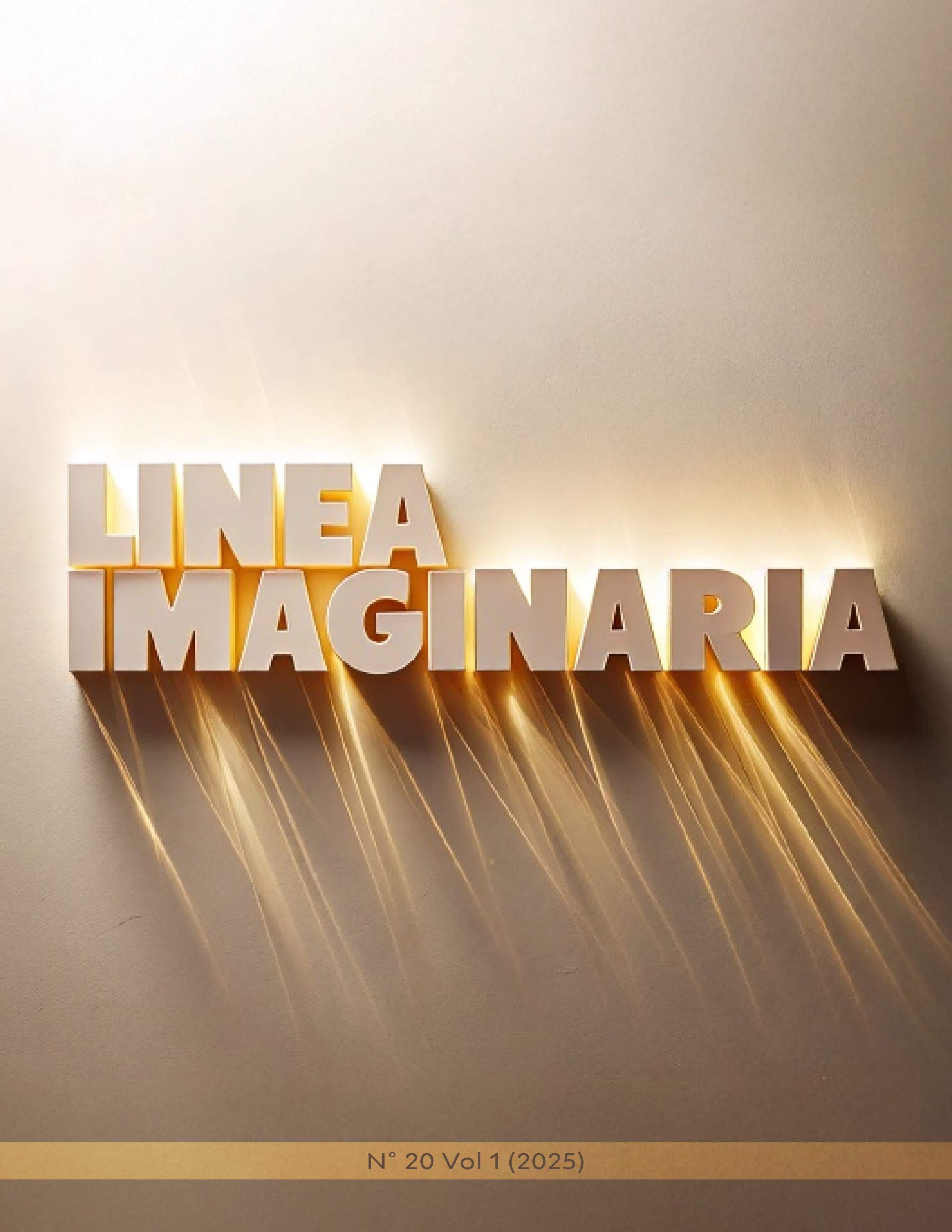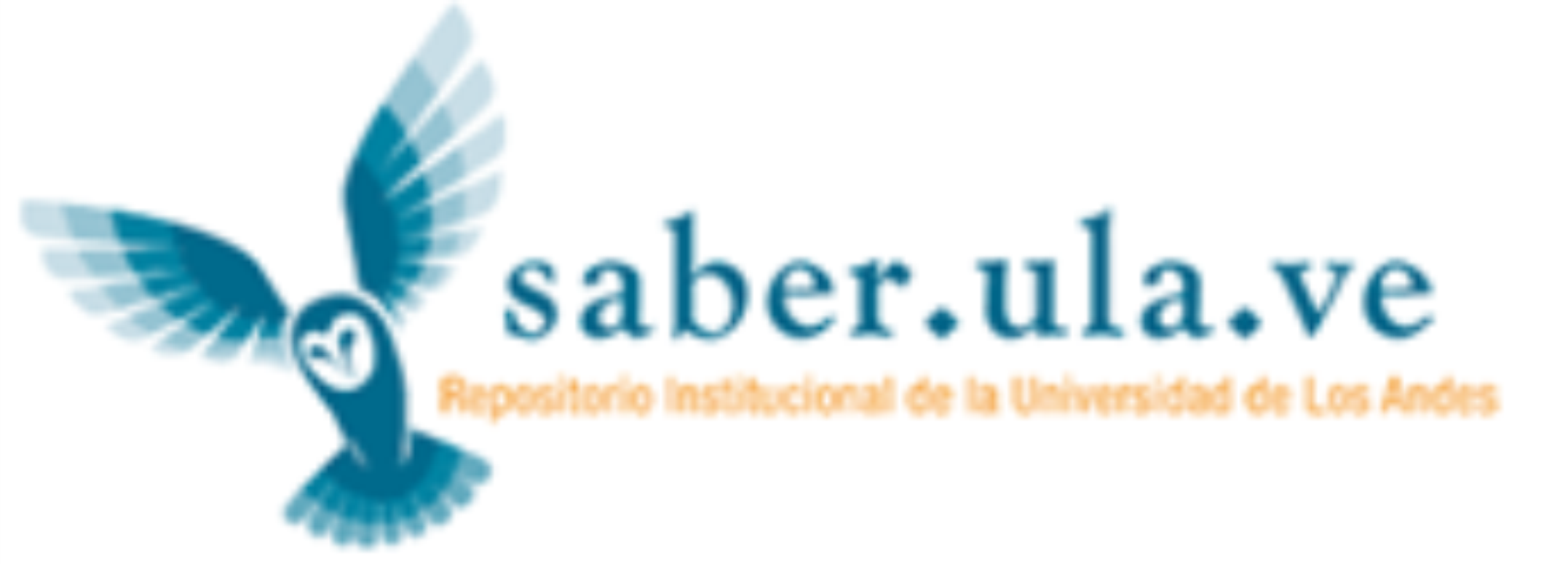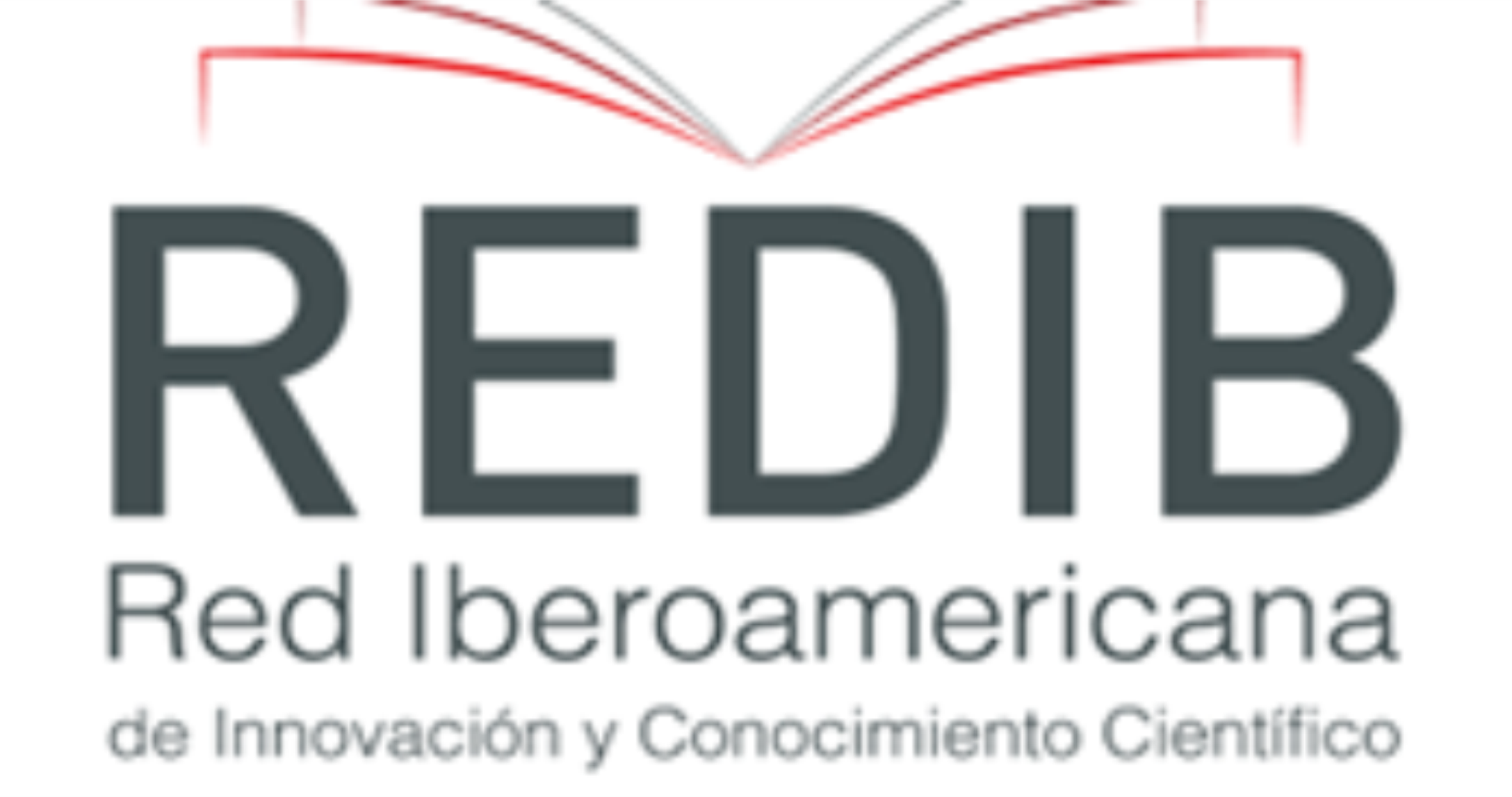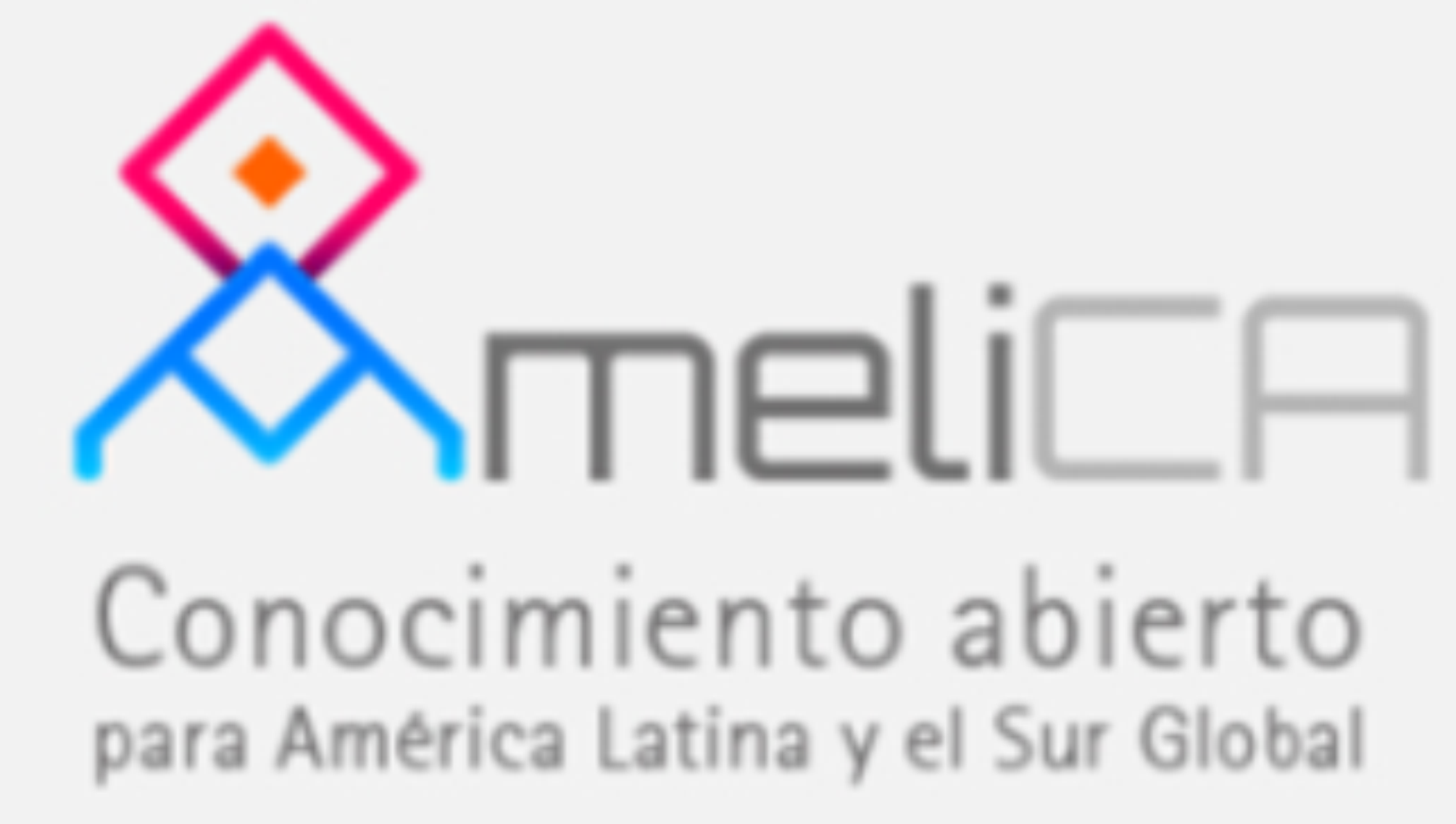POTENCIANDO EL APRENDIZAJE MATEMÁTICO: ESTRATEGIAS BASADAS EN NEUROEDUCACIÓN PARA OPTIMIZAR EL DESARROLLO COGNITIVO
DOI:
https://doi.org/10.56219/lneaimaginaria.v1i20.3691Palabras clave:
aprendizaje, cerebro, enseñanza, matemáticas, neuroeducación, neurocienciasResumen
Históricamente, el ser humano se ha propuesto comprender la naturaleza del
conocimiento y como este se manifiesta en la mente humana; no obstante, durante la
mayoría este recorrido de exploración filosófica y posteriormente psicológica, las
evidencias obtenidas no habían logrado el grado de precisión y confiabilidad que tienen
los procedimientos de medición de la actividad cerebral de los seres humanos durante el
siglo XXI; estas posibilidades dieron origen al campo de la neurociencia, con la que se
ha podido finalmente empezar a comprender la enorme complejidad de la estructura del
cerebro y los procesos que tienen lugar en el mismo. Los hallazgos de esta disciplina
han llevado a avances en campos como el de la medicina, permitiendo el estudio de
enfermedades neurodegenerativas e incluso en la publicidad y el desarrollo de
productos. Las empresas toman ventaja de los sesgos cognitivos y los impulsos
naturales del ser humano para reforzar conductas e incentivar el consumo; no obstante,
el campo en el que mayores aportes se han obtenido es el de la educación, a tal punto
que se ha gestado una nueva interdisciplina conocida como la neuroeducación, que parte
de postulados sobre pedagogía, psicología y neurociencia, para describir la manera en la que el conocimiento puede gestarse en el cerebro y cómo estimular su manifestación. Frente a este panorama es que se considera pertinente la exploración de las herramientas pedagógicas, estrategias didácticas y técnicas basadas en los hallazgos neuro educativos, con los que sea posible fomentar el logro de aprendizajes significativos en los estudiantes hace necesario comprender los factores y principios que impactan los procesos de enseñanza y aprendizaje en el área de matemáticas y que hacen tan importante la formación de los educadores en temas innovadores como la neuroeducación.
Descargas
Citas
Ashcraft, M., & Krause, J. (2007). Working memory, math anxiety, and performance. Journal of Experimental Psychology: General, 136(2), 217-237. https://doi.org/https://doi.org/10.1037/0096-3445.136.2.217 DOI: https://doi.org/10.1037/0096-3445.136.2.217
Bandura, A. (1997). Self-efficacy: The exercise of control. W. H. Freeman.
Béjar, M. (2020). Neuroeducación. Padres y Maestros. Journal of Parents and Teachers(355), 49-53. DOI: https://doi.org/10.14422/pym.v0i355.2622
Blakemore, S., & Frith, U. (2005). The anatomy of mentalizing. Cognitive Neuroscience, 7(4), 1005-1010. https://doi.org/https://doi.org/10.1093/cercor/bhi132 DOI: https://doi.org/10.1093/cercor/bhi132
Bowers, J. (2016). The practical and principled problems with educational neuroscience. Psychological Review, 123(5), 600-612. https://doi.org/https://doi.org/10.1037/rev0000025 DOI: https://doi.org/10.1037/rev0000025
Bunge, S., Kahn, I., & Wallis, J. (2006). The role of the prefrontal cortex in working memory and executive function. Nature Reviews Neuroscience, 7(5), 499-510. https://doi.org/https://doi.org/10.1038/nrn1903 DOI: https://doi.org/10.1038/nrn1903
Codina, M. (2014). Neuroeducación en virtudes cordiales. Universidad de Valencia.
Dewey, J. (1995). Democracia y educación: una introducción a la filosofía de la educación. Morata.
Díaz, G. (2015). ¿Qué es la Psicología? . Revista Intercontinental de Psicología y Educación, 8(1), 111–142.
Domínguez, M. (2019). Neuroeducación: elemento para potenciar el aprendizaje en las aulas del siglo XXI. Educación y Ciencia, 8(52), 66-76.
Eccles, J., & Wigfield, A. (2002). Motivation in education: Theory, research, and applications. Academic Press.
Ericsson, K., Krampe, R., & Tesch-Römer, C. (1993). The role of deliberate practice in the acquisition and maintenance of expert performance. Psychological Review, 100(3), 363-406. https://doi.org/https://doi.org/10.1037/0033-295X.100.3.363 DOI: https://doi.org/10.1037//0033-295X.100.3.363
Formosinho, M., Reis, C., & De Jesús, P. (2013). Educational sciences: towards a theoretical rebirth beyond reductionisms. Teoría de la Educación. Revista Interuniversitaria, 25(1), 47-62. https://doi.org/https://doi.org/10.14201/11149 DOI: https://doi.org/10.14201/11149
Freire, P. (2004). Pedagogía de la autonomía. Sao Paulo: Paz e Terra SA.
Gallo, K. (2019). ¿Ha cambiado la enseñanza de las matemáticas en los últimos años? . UTPL: https://noticias.utpl.edu.ec/ha-cambiado-la-ensenanza-de-las-matematicas-en-los-ultimos-anos
Gardner, H. (1983). Frames of mind: The theory of multiple intelligences. Basic Books.
González, S., & Pons, R. (2011). El constructivismo hoy: Enfoques constructivistas en educación. Revista Redie, 13(1), 1-27.
Janati, A., Alami, M., Lamkaddem, A., & Souirti, Z. (2020). Brain knowledge and predictors of neuromyths among teachers in Morocco. Trends in Neuroscience and Education, 20. https://doi.org/https://www.sciencedirect.com/science/article/abs/pii/S2211949320300119?via%3Dihub DOI: https://doi.org/10.1016/j.tine.2020.100135
Meza, A. (2014). Estrategias de aprendizaje, definiciones, clasificaciones e instrumentos de medición. Propósitos y Representaciones, 1(2), 193–214. DOI: https://doi.org/10.20511/pyr2013.v1n2.48
Meza, L., & Moya, M. (2020). TIC y neuroeducación como recurso de innovación en el proceso de enseñanza y aprendizaje. ReHuSo: Revista de Ciencias Humanísticas y Sociales, 5(2), 85-96. https://doi.org/https://core.ac.uk/download/pdf/322579696.pdf DOI: https://doi.org/10.33936/rehuso.v5i2.2397
Mora, F. (2021). Neuroeducación. Sólo se puede aprender aquello que se ama. Madrid: Alianza.
Pardo, F. (2015). Conclusiones. En J. J. A. Forés, Neuromitos en educación. Barcelona: Plataforma Actual.
Puigbo, J. (2020). ¿Qué es la metacognición? Ejemplos y estrategias. Psicología-Online: https://www.psicologia-online.com/que-es-la-metacognicion-ejemplos-y-estrategias-4267.html
Pulvermüller, F. (2013). Neurocognitive mechanisms of language and language impairment. Journal of Neurolinguistics, 26(4), 165-187.
Ramos, J., & Rhea, B. (2017). La pedagogía como ciencia para el tratamiento de los contenidos generales del proceso educativo y la formación de valores. Perfiles Educativos, 5–21. DOI: https://doi.org/10.4067/S0718-50062017000600009
Rivera, A. (2013). Estrategias cognitivas del aprendizaje. Universidad Internacional del Ecuador.
Schoenfeld, A. (1992). Learning to think mathematically: Problem solving, metacognition, and sense making in mathematics. En I. D. Grouws, Handbook of research on mathematics teaching and learning (págs. 334-370). Macmillan Publishing.
Schunk, D. (2008). Learning theories: An educational perspective. Pearson Education.
Sibaja, J. (2018). Diversas formas de navegar el mundo: el aprendizaje en tiempos de la neurociencia. Revista Conexiones: una experiencia más allá del aula , 68-76.
Siles, M. (2020). Propuesta de un programa basado en Neuroeducación en el aula de infantil. Murcía: Universidad Católica de Murcía. https://repositorio.ucam.edu/bitstream/handle/10952/4461/TFG%20Mar%C3%ADa%20Siles.pdf?sequence=1&isAllowed=y
Sternberg, R. (1999). The theory of successful intelligence. Review of General Psychology, 3(4), 292-316. https://doi.org/https://doi.org/10.1037/1089-2680.3.4.292 DOI: https://doi.org/10.1037//1089-2680.3.4.292
Tacca, D. (2019). Estrategias neuroeducativas, satisfacción y rendimiento académico. Propósitos y Representaciones, 1-20.
Vygotsky, L. (1978). Mind in society: The development of higher psychological processes. Harvard University Press.
Wolfe, P. (2017). Brain-compatible learning: Fad or foundation? . School Administrator, 63(11), 10-15.
Wood, D., Bruner, J., & Ross, G. (1976). The role of tutoring in problem solving. Journal of Child Psychology and Psychiatry, 17(2), 89-100. https://doi.org/https://doi.org/10.1111/j.1469-7610.1976.tb00381.x DOI: https://doi.org/10.1111/j.1469-7610.1976.tb00381.x
Descargas
Publicado
Cómo citar
Número
Sección
Licencia
Derechos de autor 2025 LÍNEA IMAGINARIA

Esta obra está bajo una licencia internacional Creative Commons Atribución-NoComercial-CompartirIgual 4.0.
La revista Línea Imaginaria conserva los derechos patrimoniales (copyright) de las obras publicadas, que favorece y permite la reutilización de los mismos bajo la licencia Creative Commons Atribución-NoComercial-CompartirIgual 4.0 , por lo cual se pueden copiar, usar, difundir, transmitir y exponer públicamente, siempre que se cite la autoría y fuente original de su publicación (revista, editorial, URL y DOI de la obra), no se usen para fines comerciales u onerosos y se mencione la existencia y especificaciones de esta licencia de uso. Si remezcla, transforma o crea a partir del material, debe distribuir su contribución bajo la misma licencia del original.













